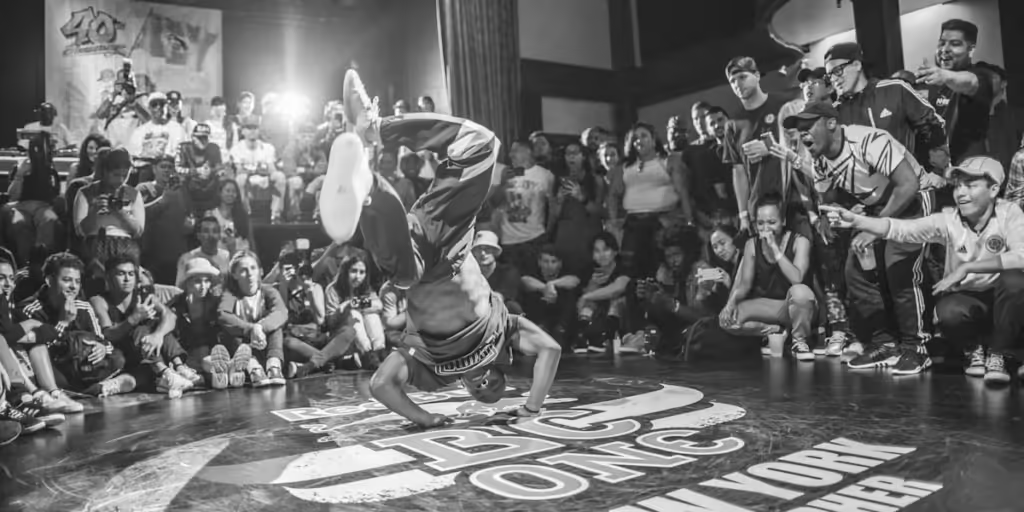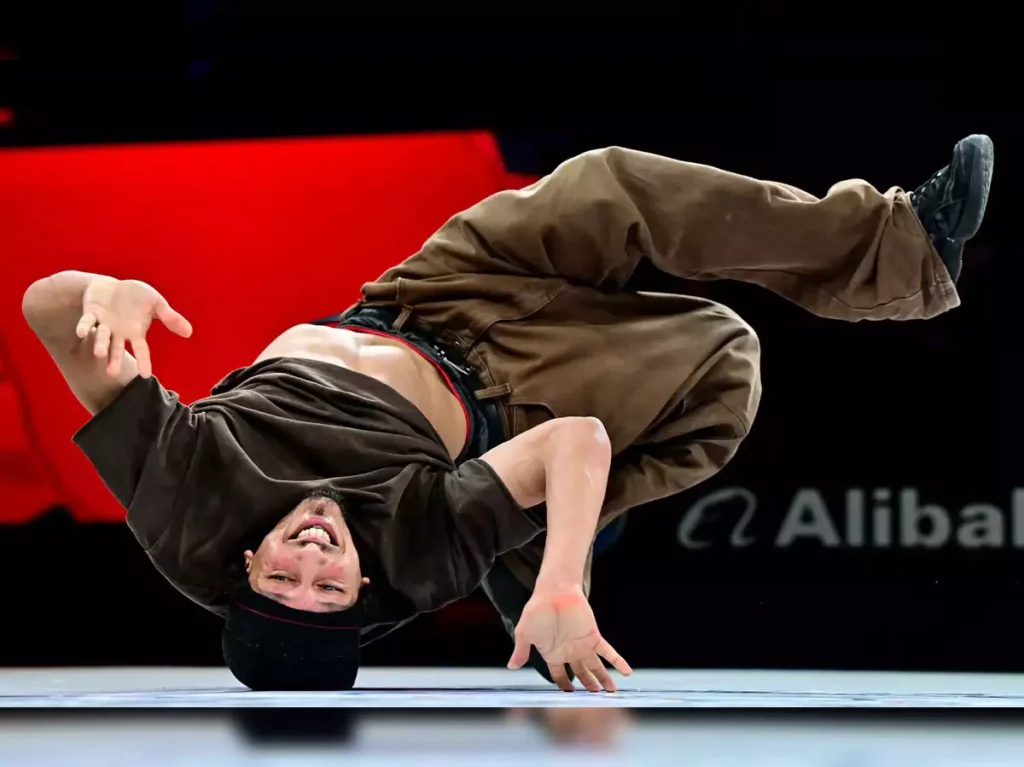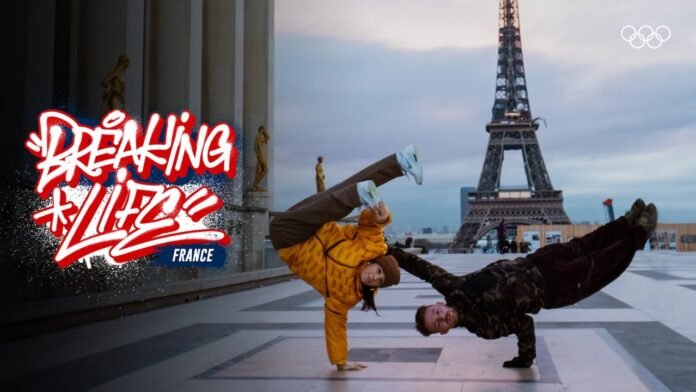In a landmark moment for the 2024 Paris Olympics, breaking, popularly known as breakdancing, has made its much-anticipated debut. This urban dance form, which originated on the streets of New York City in the 1970s, has transitioned from underground clubs to the grand stage of the Olympic Games. This inclusion marks a significant evolution in the scope of Olympic sports and underscores the Games’ dedication to embracing a diverse range of contemporary and cultural expressions.
A Brief History of Breaking

Breaking, characterized by its dynamic movements, intricate footwork, and acrobatic flair, emerged from the vibrant street culture of the Bronx. Early pioneers such as DJ Kool Herc, Afrika Bambaataa, and the Rock Steady Crew helped shape its evolution into a global phenomenon. By the 1980s, breaking had become a symbol of youth culture, celebrated through numerous dance battles and performances worldwide. Its journey to the Olympic stage represents a remarkable convergence of athleticism, artistry, and cultural heritage.
The Road to the Olympics
Breaking’s inclusion in the Olympic Games was officially confirmed by the International Olympic Committee (IOC) in 2020, following a proposal from the Paris 2024 Organizing Committee. The decision was part of a broader initiative to modernize the Games and attract a younger audience by incorporating sports that reflect current trends and popular culture. The move was also intended to align with the IOC’s goals of promoting a more inclusive and diverse range of sports.
The Preliminary Rounds: A Showcase of Talent
The preliminary rounds of breaking at the Paris Olympics have captivated audiences with their high-energy performances and technical prowess. Competitors from around the world have demonstrated exceptional skill and creativity, showcasing a blend of power moves, freezes, and footwork that define the art form.

According to the Paris 2024 Organizing Committee, more than 80 athletes from over 30 countries participated in the preliminary rounds. This global representation highlights breaking’s widespread appeal and its status as a truly international sport. The performances have been judged by a panel of experts, including renowned breakers and dance instructors, ensuring that the competition adheres to both the technical standards and artistic elements that are central to the discipline.
Judging and Scoring

Breaking competitions are judged based on a combination of technical skill, creativity, and presentation. Each performance is evaluated by a panel of judges who score the breakers on various criteria, including originality, execution of moves, and overall impact. The scoring system is designed to reflect the multifaceted nature of breaking, capturing both its athletic and artistic dimensions. This approach aligns with the IOC’s vision of making the Games more inclusive of different cultural expressions while maintaining a high standard of competition.
Impact and Significance
The inclusion of breaking in the Paris Olympics represents a significant shift in the landscape of the Games. For many, it is a recognition of the art form’s legitimacy and its ability to inspire and engage a new generation of athletes and fans. The debut of breaking also serves as a testament to the evolving nature of the Olympic movement, which continues to adapt and grow in response to changing cultural and social dynamics.
The Paris 2024 Games are set to be remembered not just for their traditional sports, but also for their celebration of contemporary and culturally relevant disciplines. Breaking’s Olympic debut is expected to enhance the visibility of the sport, offering it a global platform and potentially influencing its development and popularity in the years to come.
Looking Forward
As the competition progresses, all eyes will be on the breaking events, with enthusiasts and new fans alike eager to witness this groundbreaking moment in Olympic history. The success of breaking in Paris could pave the way for the inclusion of other urban and contemporary sports in future Olympic Games, further expanding the scope and diversity of the Olympic movement.
In conclusion, breaking’s debut at the Paris Olympics represents more than just a new sport added to the roster; it is a celebration of cultural diversity and innovation within the Olympic framework. As we watch these athletes perform their incredible routines, we are witnessing not only a new chapter in Olympic history but also the continuation of the Games’ tradition of celebrating human excellence in all its forms.


